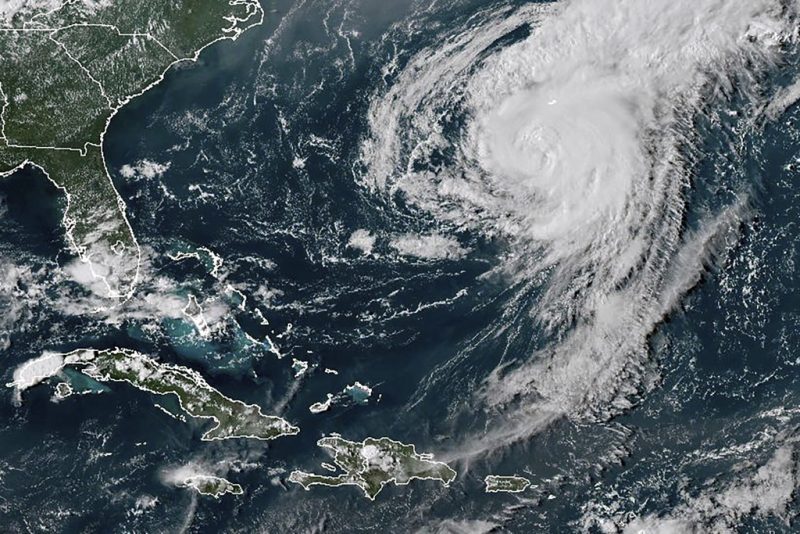(NEXSTAR) – Sept. 10 is considered to be the “peak” of hurricane season in the Atlantic – so where are all the storms?
The 2024 season was forecast to be “above-normal,” with as many as 25 named storms, 13 hurricanes and seven major hurricanes (Category 3 or stronger). Last month, in a mid-season update, the Climate Prediction Center’s ranges didn’t change much: 17 to 24 named storms, 8 to 13 hurricanes, and four to seven major hurricanes.
But over halfway through hurricane season, which runs from June 1 to Nov. 30, we’ve only seen five named storms (Alberto, Beryl, Chris, Debby and Ernesto). Three of those were hurricanes, and one – Beryl – was a major, Category 5 storm.
What explains the difference between reality and expectations?
Accuweather meteorologist Alex DaSilva said dust blowing in from the Sahara Desert, cold water off the western coast of Africa, and a slow-to-develop La Niña have all been complicating factors this year.
“Extremely warm waters across much of the Atlantic basin area ideal for tropical development and rapid intensification, but the surge of dry air, dust, wind shear, and cold waters off the coast of Africa have prevented most tropical waves from developing into a tropical storm or a hurricane,” DaSilva said.
When meteorologists look at how busy a hurricane season is, two factors matter most: ocean temperatures in the Atlantic where storms spin up and need warm water for fuel, and whether there is a La Niña or El Niño.
Let’s start with ocean temperatures in the Atlantic. The water there is still very warm, perfect for spinning up storms.
“There’s plenty of room for the tide to turn with all the warm water out there,” Climate Prediction Center meteorologist Dan Harnos told USA Today. “Things could change quickly.”
As for La Niña, the climate phenomenon tends to turbocharge Atlantic storm activity by reducing high-altitude winds that can decapitate hurricanes. Generally during a La Niña there is more instability or storminess in the atmosphere, which can seed hurricane development.
La Niña is expected to form this year, but it’s coming later than expected. It’s favored to take over at some point between September and October.
If and when it does form, La Niña could fuel a strong – and dangerous – end to the 2024 hurricane season.
The Associated Press contributed to this report.
The post The 2024 hurricane season was expected to be especially bad. Why is it so quiet? appeared first on Patabook News .

